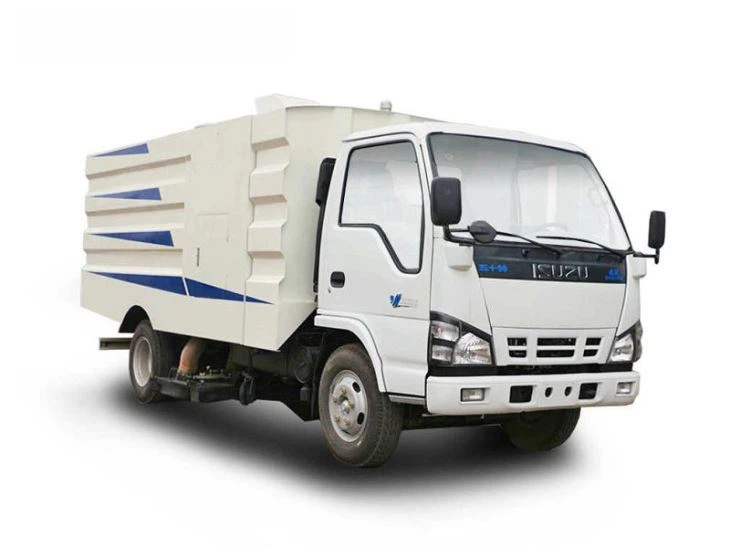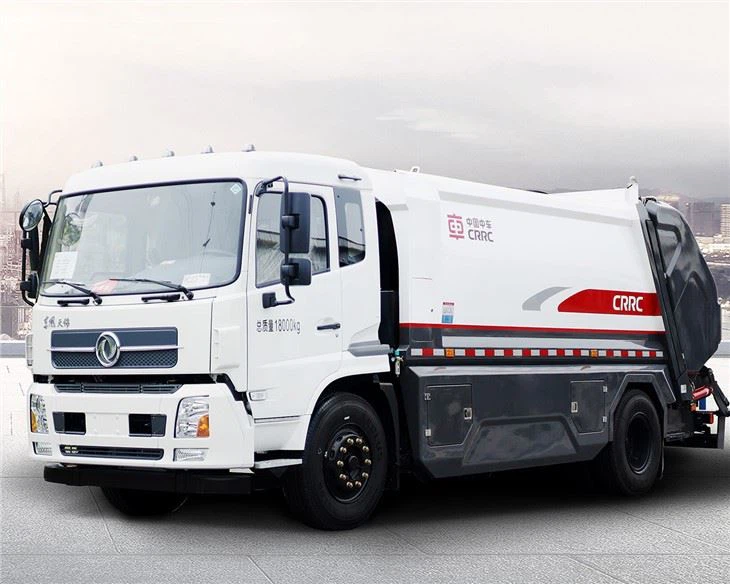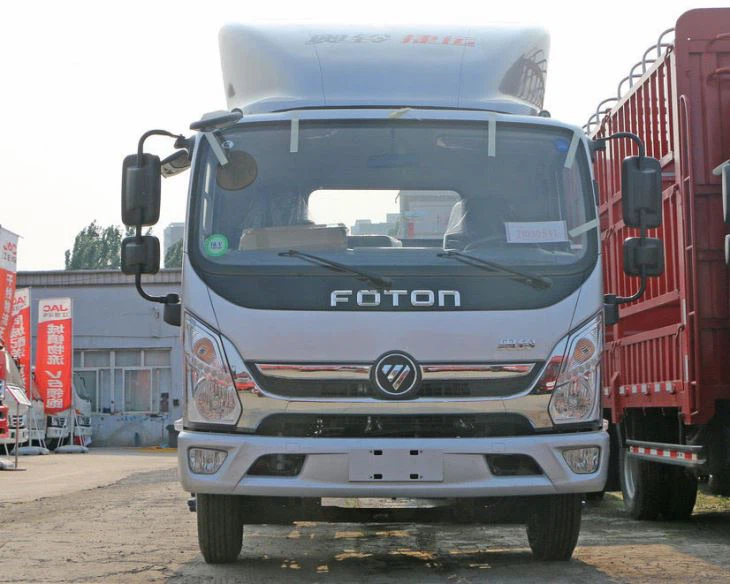Everything You Need to Know About Garbage Dumpers

Introduction
Garbage dumpers play a crucial role in waste management and sanitation. These specialized vehicles or machinery are designed to collect and transport waste, ensuring that our communities remain clean and healthy. As urbanization continues to rise, the demand for effective waste management solutions has become more pressing. In this article, we will delve into the world of garbage dumpers, exploring their types, functions, benefits, and even how to choose the right one for your needs. Whether you’re a business owner, a municipal manager, or just a curious individual, this comprehensive guide will provide you with all the insights you need.
Table of Contents
- What is a Garbage Dumper?
- Types of Garbage Dumpers
- Functions of Garbage Dumpers
- Benefits of Garbage Dumpers
- How to Choose a Garbage Dumper
- Maintenance of Garbage Dumpers
- Real-world Examples of Garbage Dumpers in Use
- The Future of Garbage Dumpers
- Frequently Asked Questions
What is a Garbage Dumper?
A garbage dumper refers to a vehicle or machine designed specifically for the collection, transport, and disposal of waste materials. These vehicles can range from small trucks used in local neighborhoods to large dumpers utilized for industrial waste management. They facilitate the efficient collection of garbage, thereby promoting cleaner environments.
Types of Garbage Dumpers
Understanding the different types of garbage dumpers can help in selecting the right one for specific needs. Below are some common types of garbage dumpers:
Front Loaders
Front loaders are characterized by their front-loading bins, which allow them to scoop up garbage directly from dumpsters or ground levels. They are ideal for urban areas with high-density waste generation.
| Feature | Description |
|---|---|
| Loading Mechanism | Front scoop |
| Best For | Commercial areas, high-density living |
| Capacity | Varies usually 6-12 cubic yards |
Rear Loaders
Rear loaders have a loading mechanism at the back of the truck, where garbage is dumped into a compaction chamber. They are commonly seen collecting residential waste.
| Feature | Description |
|---|---|
| Loading Mechanism | Rear compartment |
| Best For | Residential areas |
| Capacity | Higher compaction allows for greater volume |
Side Loaders
Side loaders use a robotic arm to pick up and empty garbage bins located on the side of the vehicle. They provide efficiency and safety by reducing the need for workers to lift heavy bags.
| Feature | Description |
|---|---|
| Loading Mechanism | Robotic arm |
| Best For | Suburban neighborhoods |
| Capacity | Similar to rear loaders |
Functions of Garbage Dumpers
Garbage dumpers serve multiple functions that are essential for maintaining sanitation and cleanliness:
- Waste Collection: They efficiently collect waste materials from various sources.
- Transportation: Once collected, garbage dumpers transport waste to landfills or recycling facilities.
- Compaction: Many dumpers come equipped with compaction systems to maximize waste storage capacity.
- Safety Features: Modern dumpers include features like back cameras and sensors to prevent accidents.
- Eco-Friendly Solutions: Some dumpers are designed for electric power or hybrid systems to reduce carbon footprints.
Benefits of Garbage Dumpers
The use of garbage dumpers brings numerous advantages to communities and organizations:
- Efficiency: Provides quick and effective waste collection, saving time and labor costs.
- Health Benefits: Reduces the risk of disease by ensuring waste is promptly collected and disposed of.
- Environmental Protection: Facilitates proper waste management, minimizing the impact on the environment.
- Reduced Traffic Congestion: By using specialized vehicles, waste collection becomes streamlined, lessening road congestion.
- Cost-Effectiveness: Efficient waste management leads to lowered disposal fees and improved resource recovery.
How to Choose a Garbage Dumper
Selecting the right garbage dumper requires careful consideration of various factors:
1. Assess Your Needs
Determine the types and volume of waste to be collected. This will help identify the most suitable garbage dumper type.
2. Consider Your Budget
Analyze the costs involved in purchasing or leasing a garbage dumper, including maintenance and operational costs.
3. Evaluate Features
Look for features that enhance safety, efficiency, and environmental friendliness, such as compaction systems and eco-friendly engines.
4. Dealer Reputation
Choose a credible dealer or manufacturer with a history of delivering reliable garbage dumpers and excellent customer service.
5. Maintenance Support
Investigate after-sales support, including availability of parts and qualified mechanics for repairs and maintenance.
Maintenance of Garbage Dumpers
Proper maintenance is crucial for ensuring garbage dumpers are safe and functional. Key maintenance tips include:
- Regular Inspections: Check for leaks, worn-out parts, and any potential safety hazards.
- Fluid Levels: Monitor and replenish engine oil, fuel, and hydraulic fluid as needed.
- Tire Maintenance: Ensure tires are inflated to the proper pressure and watch for signs of wear.
- Cleansing: Regularly wash the vehicle to prevent corrosion and remove harmful contaminants.
- Schedule Professional Servicing: Engage professional mechanics for in-depth servicing at recommended intervals.

Real-world Examples of Garbage Dumpers in Use
Garbage dumpers are employed in various settings, serving different waste management needs. Here are a few examples:

1. City Municipal Services
Urban areas often utilize rear-loading garbage dumpers for residential waste collection, ensuring timely removal and sanitation of neighborhoods.
2. Commercial Waste Disposal
Front-loaders are commonly used in shopping centers and industrial parks, collecting large volumes of waste efficiently.

3. Construction Sites
Side-loaders or specialized dumpers are used on construction sites to remove debris and waste promptly, maintaining a safe working environment.
The Future of Garbage Dumpers
As technology advances, the future of garbage dumpers appears promising, with several key developments on the horizon:
- Smart Technologies: Integration of IoT for real-time monitoring and efficient route planning.
- Electric Vehicles: Growth in electric garbage dumpers can lead to drastic reductions in emissions.
- Automation: Increasing use of automated systems that can operate dumpers without human intervention.
- Improved Recycling Methods: Innovations that facilitate better waste segregation onboard, enhancing recycling efforts.
Frequently Asked Questions
1. What is the cost of a garbage dumper?
The cost of garbage dumpers varies significantly based on type, size, and features. Expect to pay anywhere from $30,000 to over $200,000.
2. How often should garbage dumpers be maintained?
It is recommended to have garbage dumpers inspected and serviced at least twice a year, depending on usage patterns.
3. Can garbage dumpers operate in both urban and rural areas?
Yes, garbage dumpers can be designed to operate in both settings, though the type used may vary based on local waste management needs.
4. How can I determine the right type of dumper for my needs?
Assess the type and volume of waste generated, budget, and necessary features to determine the most suitable dumper type.
5. Is training required to operate garbage dumpers?
Yes, most cities and companies require operators to undergo training to ensure safety and effective operation.
6. Are there eco-friendly garbage dumpers available?
Yes, many manufacturers now offer electric and hybrid garbage dumpers designed to reduce carbon emissions and promote sustainability.
